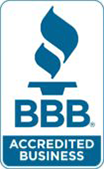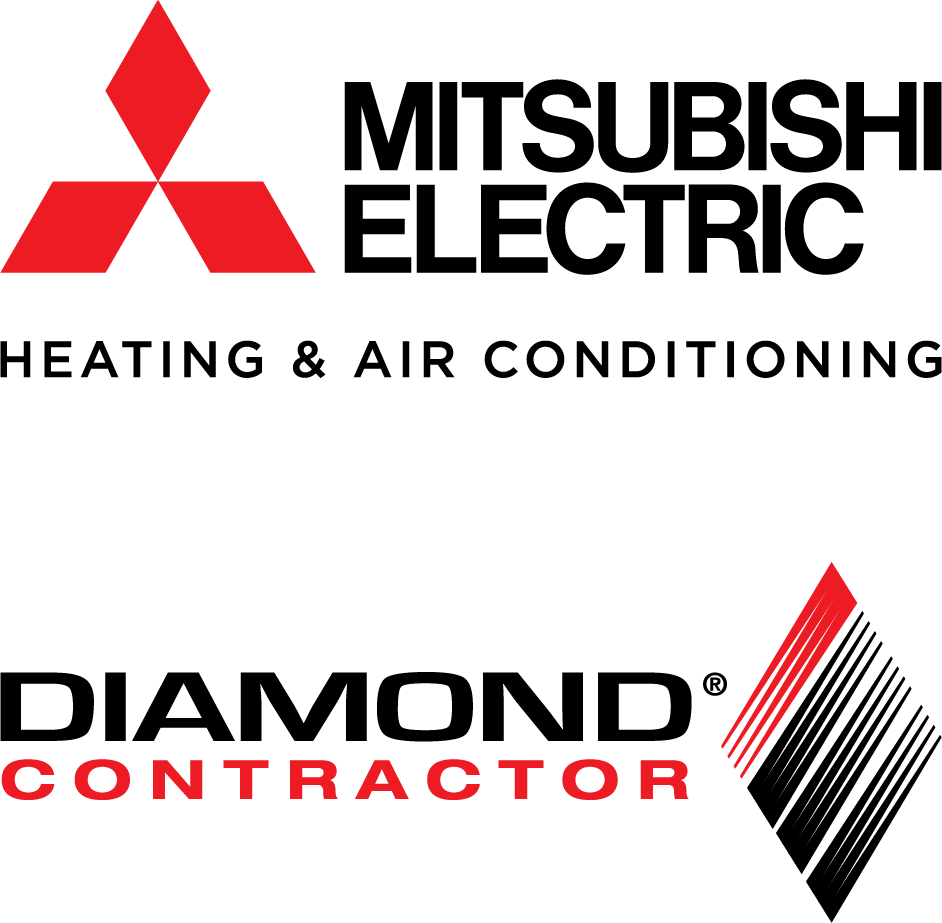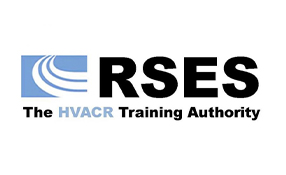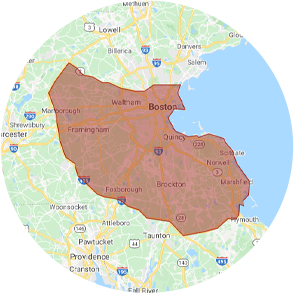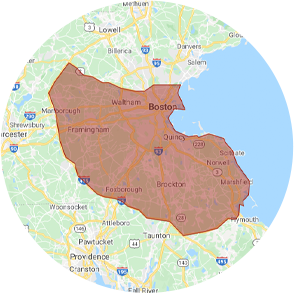Back to blog
Exploring the Ducts: Putting Quality Back into the Air You’re Breathing.
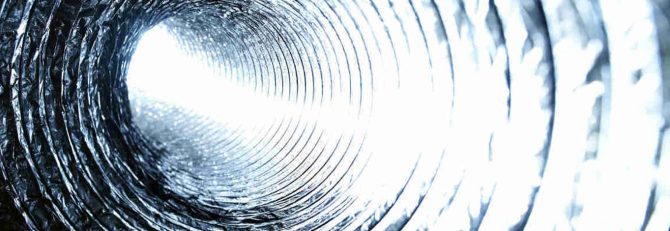
Are you constantly cleaning and dusting around the house? Have you thought of purchasing a “duct-cleaning” to take the dust out of the ductwork?
Do you find the “fresh air” you’re breathing in just doesn’t feel so fresh?
These could be a direct product of improperly installed or aged ductwork, which are jeopardizing the air quality of your home as it gets filtered by your heating and cooling system. How does the dust get into the ductwork?
The average home loses about 30% of the air that circulates through its ducts, causing major inefficiency in your heating or cooling system. This causes a loss of air that you have already paid to heat or cool and causes your HVAC system to work harder to make up for anything that was lost due to the poor seals.
For example, if you have a three ton cooling system with ductwork in the attic. 30% leakage means that you are only delivering two tons of cooling to the space. In addition, that 16 SEER air condition system you’re running now loses 30% of its efficiency.
In fact, of the literally millions of miles of duct work installed in homes throughout the country, industry experts estimate that 90% of them are posing enough of a compromised leak that you are best served to take action. Because isn’t the quality of the air you’re living in important?
Of course it is.
In short: don’t hesitate in taking control of the air that’s filtering around in your home. This issue goes beyond mere temperature. If it isn’t clean, it’s impossible to fully enjoy the comfort you deserve.
Allow us to list a few of the issues you’re going to into if you’re home is suffering from a leaky duct system:
- Leaks in the ductwork will inevitably cause expensive conditioned air to be dumped into your attic, crawlspace or garage instead of into the house. And that’s not what you intended, right? No. Not at all. That’s an expensive “whoops.”
- Ductwork leaks pull outside air (hot in summer, cold in winter) into the duct system, which greatly reduces both efficiency and capacity. In humid climates, moist air being drawn into return leaks can (and will) overwhelm the dehumidification capacity of air conditioning systems and cause your home to feel clammy even when your air conditioning system is running. Again, an expensive “whoops.”
- Heat pumps are particularly susceptible to myriad comfort complaints due to duct leakage. Duct leaks can cause the air coming from your heat pump to feel luke-warm or even cold during the winter (not good). As a form of “remediation,” it has been found that in these instances, there exists an increase in the use of electric strip heaters in heat pumps during the heating season. This is not good. In fact, it’s quite counter-productive.
- Leaks in ductwork draw air into the house from crawlspaces, garages and attics bringing with it dust, mold spores, insulation fibers and other contaminants. Remember that first question we posed above – you know, the one about constantly cleaning and dusting? – yeah, this is quite possibly why that is happening.
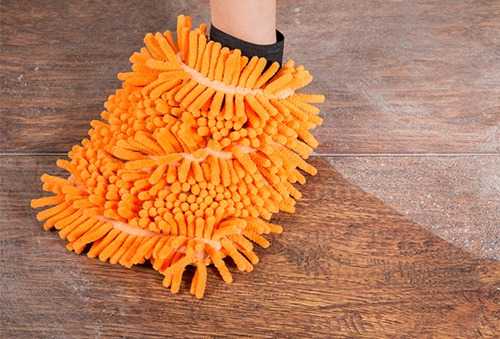 You don’t want to continue down this path… Do you?
You don’t want to continue down this path… Do you?
Air quality is important. In order to achieve a maximum level of comfort (while offering you a maximum level of energy savings), your system, and the underlying components that work in conjunction with it, need to be operating effectively and efficiently. It’s those satellite components that can get tricky, and are the “silent killers” of energy consumption and cost. Allow a professional to analyze your home, and make the adjustments necessary to keep you running cool and/or warm.
If you are considering a replacement system or just experiencing some of the aforementioned issues, a diagnostic test (duct blast) can be performed to confirm the actual leakage of your ductwork. Many times there are simple repairs to remedy the situation. In some cases the dust is cause by negative pressure in the home causing infiltration through recessed lights and poorly insulated areas. A “blower door” test can be done to verify this condition. Remediation consists of typically adding an ERV (Energy Recovery Ventilator) to bring in fresh air with a program to properly insulate and seal the structure.
Speak to Suburban for assistance with any of these problems. Place your trust in us.
Suburban. Take Comfort.



